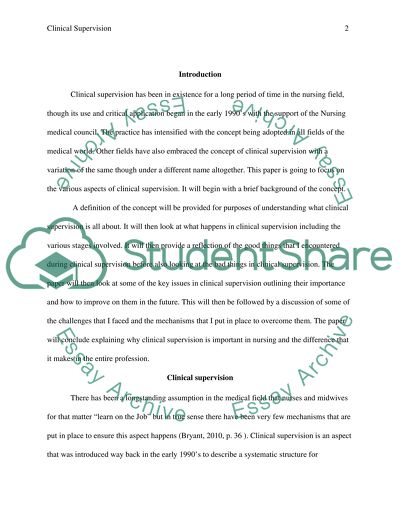Cite this document
(“Clinical Supervision Reflection and Action Plan Essay”, n.d.)
Retrieved from https://studentshare.org/nursing/1395153-clinical-supervision
Retrieved from https://studentshare.org/nursing/1395153-clinical-supervision
(Clinical Supervision Reflection and Action Plan Essay)
https://studentshare.org/nursing/1395153-clinical-supervision.
https://studentshare.org/nursing/1395153-clinical-supervision.
“Clinical Supervision Reflection and Action Plan Essay”, n.d. https://studentshare.org/nursing/1395153-clinical-supervision.


